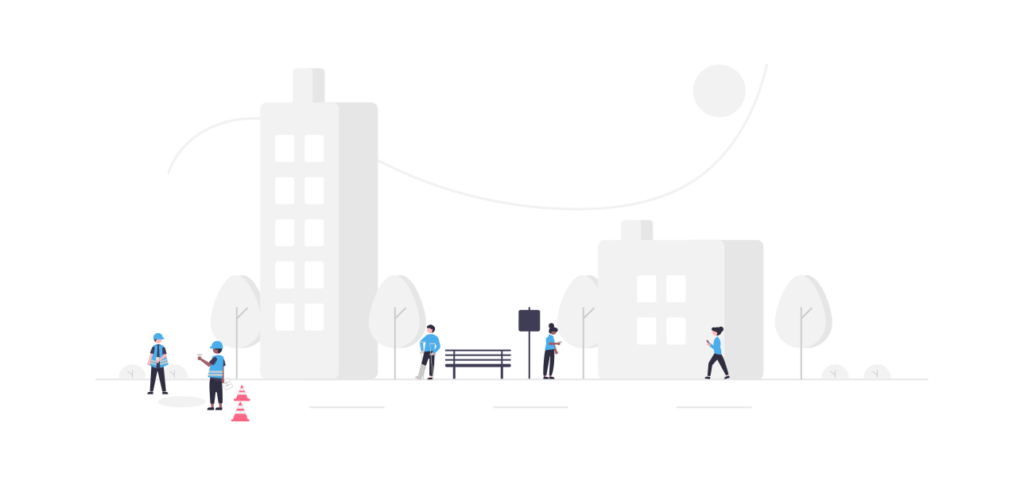
IoT in Smart Cities
What's the purpose of IoT in Smart Cities?
Use IoT cities data to the traffic, cut pollution management to ensure better use of infrastructure, and providing new opportunities for citizens to protect and clean.
Advantages of IoT (Internet of Things)
IoT is widely used to monitor dispersed intelligence through which it can maintain its control even from distant locations as information is constantly stored in FAQs and data repositories. Due to the low cost of IoT, it is now possible to monitor and manage the activities which were absent earlier. It is replacing human beings very fast because through this we can increase the supply of monitoring and maintenance. And can significantly reduce and optimize costs
Designing ideas that capture the future experience of a smart city, making it relevant to all Stakeholders
EMPATHIZE
DEFINE
IDEATE
PROTOTYPE
TEST
WHAT is the empathize mode?
Empathy is the foundation of a human-centered design process. To empathize, we:
– Observe. View users and their behavior in the context of their lives.
– Engage. Interact with and interview users through both scheduled and short intercept’ encounters.
– Immerse. Experience what your user experiences.
IoT Services in Smart City
SMART PARKING
Dynamic pricing, data sales revenue, and penalty cost reduction Fuel savings
SMART BUILDINGS
Operating Expense & Energy savings
SMART CAMERA
Image Detected
Environmental consciousness
Data traffic
SMART STREET LIGHTING
Energy and OpEx savings; crime reduction and the similar impact on real estate value
TRAFFIC MANAGEMENT
Decreased travel time and increased fuel savings; Lower operating costs for buses; Better Traffic Incident Management
SMART WASTE PICKUP
Smart vehicle routing; Fleet size and reduce maintenance

